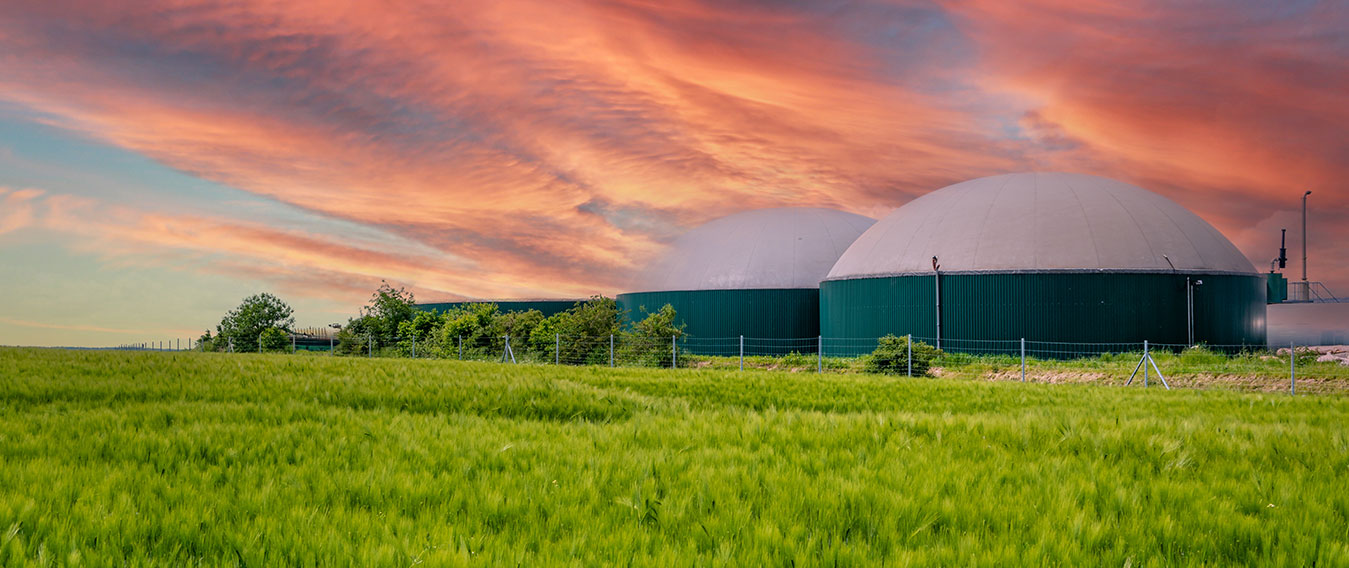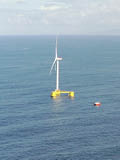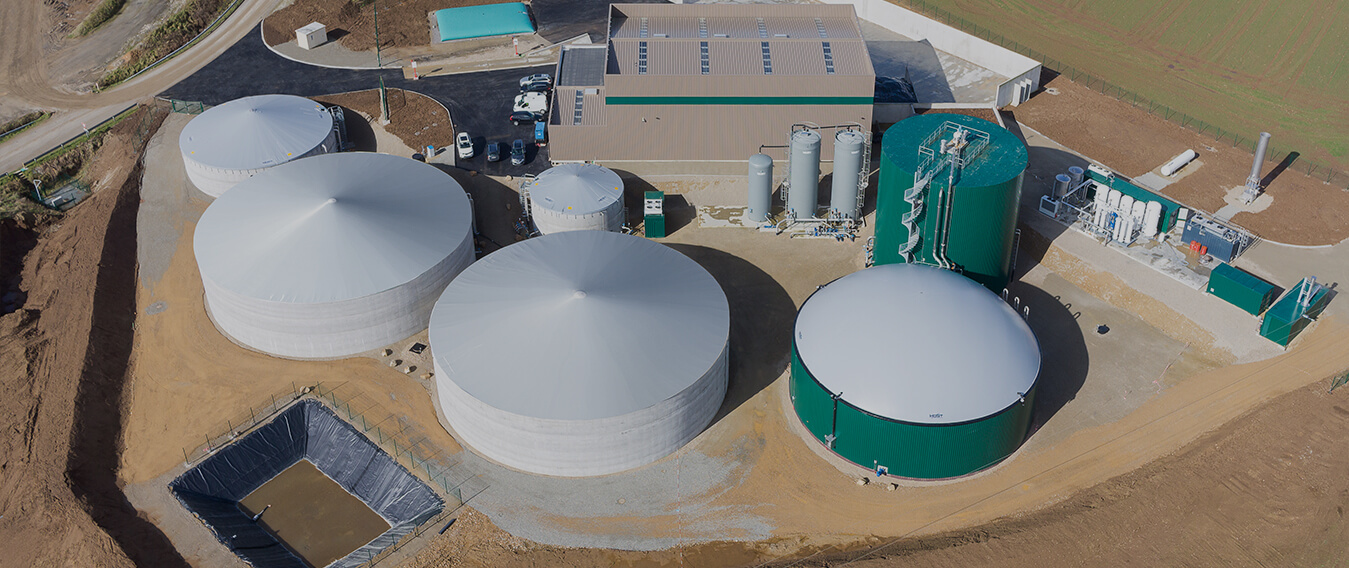Veuillez accepter les cookies "marketing" pour voir cette vidéo.
Le marché du biométhane en 3 chiffres clés
|
Quels objectifs pour ENGIE dans le biométhane ?
La feuille de route d’ENGIE se décline en trois objectifs chiffrés.
- 10 TWh de production annuelle de biométhane en Europe d’ici 2030.
- 3 milliards d’euros d’investissement en capacité de production de biométhane.
- 30 TWh de biométhane commercialisés d’ici 2030. Un développement des activités de production dans huit pays européens : France, Allemagne, Italie, Pays-Bas, Royaume-Uni, Espagne, Belgique, Pologne.
Qu’est-ce que le biométhane ?
Le biométhane est un gaz renouvelable produit à partir de la fermentation de déchets organiques provenant des ménages, de l’agriculture ou de l’industrie. C’est une alternative renouvelable au gaz naturel pour les ménages, les industriels, les agriculteurs et les collectivités. Son empreinte carbone est 8 fois plus faible que le gaz naturel (en analyse du cycle de vie).
Quels sont les avantages du biométhane ?
La réduction des gaz à effet de serre
Produit à partir de matières organiques, le biométhane est une énergie renouvelable qui permet de réduire de 81 % les émissions de carbone par rapport au gaz naturel (en analyse du cycle de vie) et d’améliorer la qualité de l’air.
La valorisation des déchets
Le processus de fabrication du biométhane valorise les déchets et réduit le recours aux engrais chimiques, dont la fabrication et l’importation génèrent des émissions de CO2.
En échange des déchets organiques des agriculteurs, ENGIE leur fournit un digestat, résidu issu du processus de méthanisation, riche en azote, qui sert de fertilisant ou d’amendement pour l’équilibre des sols. Cet engrais naturel permet un meilleur retour au sol des agents nutritifs essentiels à la croissance des plantes.
En se lançant dans la production de biométhane, les agriculteurs peuvent donc valoriser leurs déchets, produire de l’énergie renouvelable, générer des revenus complémentaires et contribuer à la décarbonation du mix énergétique.










